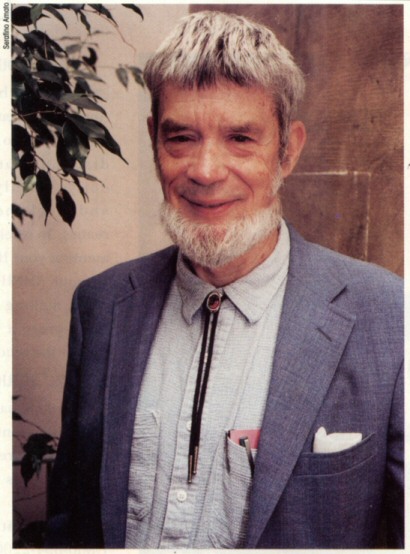Antagonistic Pleiotropy Theory
Antagonistic pleiotropy theory of aging explains late-life deterioration as a result of evolution selecting the genes that improve the organism’s fitness in early life, but reduce fitness later in life. We observe the gradual onset of late-life detrimental traits as aging. It was proposed by George Williams in 1957.
Historical context
As of 1957, one evolutionary explanation of aging is Peter Medawar’s mutation accumulation theory of aging (which introduced the concept of selection shadow), published in 1952. Medawar’s theory models aging as a result of passive accumulation of late-acting mutations.
However, Medawar’s theory only models the appearance of “aging genes” as a result of, essentially, random drift. The open question was, could “aging genes” be favored by selection pressure?
In 1957, George Williams proposed a mechanism for selection of late-life harmful traits in his paper Pleiotropy, Natural Selection, and the Evolution of Senescence

The basic trade-off
Pleiotropy is a situation where one gene affects multiple traits. One example of a pleiotropic human gene is ABCC11. Two alleles (variants) of ABCC11 are common in human population: 538G and 538A. People who have a 538G allele of ABCC11 have wet earwax and strong sweat odor, and people with two 538A alleles have dry earwax and mild sweat odor. In this case, we observe pleiotropy because ABCC11 protein is a transporter that’s expressed in multiple types of glands: ceruminous glands of the ear and axillar sweat glands in the armpits. {replace example with something that was known by 1957}
Antagonistic pleiotropy occurs when two of the traits of the pleiotropic gene have opposite effects on fitness: one trait is helpful, and another is harmful. {example of the straightforward well-behaved model antagonistically pleiotropic gene here, that doesn’t do the early-late thing, known by 1957}
Since natural selection weighs early effects more heavily than late effects, genes with this pattern can be strongly favored despite causing aging. The early benefits outweigh the late costs in evolutionary terms.
Examples
p53: Prevents cancer early in life by stopping damaged cells from dividing, but the same mechanism causes tissue dysfunction and aging later through cellular senescence.
Testosterone: Enhances male reproductive success early through muscle development and competitive behavior, but increases cardiovascular disease and cancer risk with age.
Calcium regulation: Strong bones during reproductive years, but the same mechanisms can lead to arterial calcification later.
Hamilton’s indicators
In his 1966 paper, WD Hamilton formalized AP with indicators of the force of selection.
Evidence and research
Initially, Williams had limited evidence for the theory. Modern genetics has provided substantial support:
- Genome-wide studies consistently find genes with opposing early/late effects
- Many disease-associated genetic variants show signatures of past positive selection
- Experimental evolution studies demonstrate the predicted trade-offs
Molecular mechanisms
The theory explains many puzzling aspects of aging:
- Why beneficial processes like DNA repair and immune function decline with age
- Why so many aging mechanisms appear actively harmful rather than merely broken
- Why aging phenotypes are often conserved across species
Clinical implications
Understanding antagonistic pleiotropy helps predict which anti-aging interventions might work and which could backfire. Therapies targeting early-beneficial mechanisms need careful consideration of late-life effects.
Relationship to cancer
Cancer represents a particularly clear case where tumor suppressor mechanisms protect young organisms but contribute to aging through cellular senescence and tissue dysfunction.